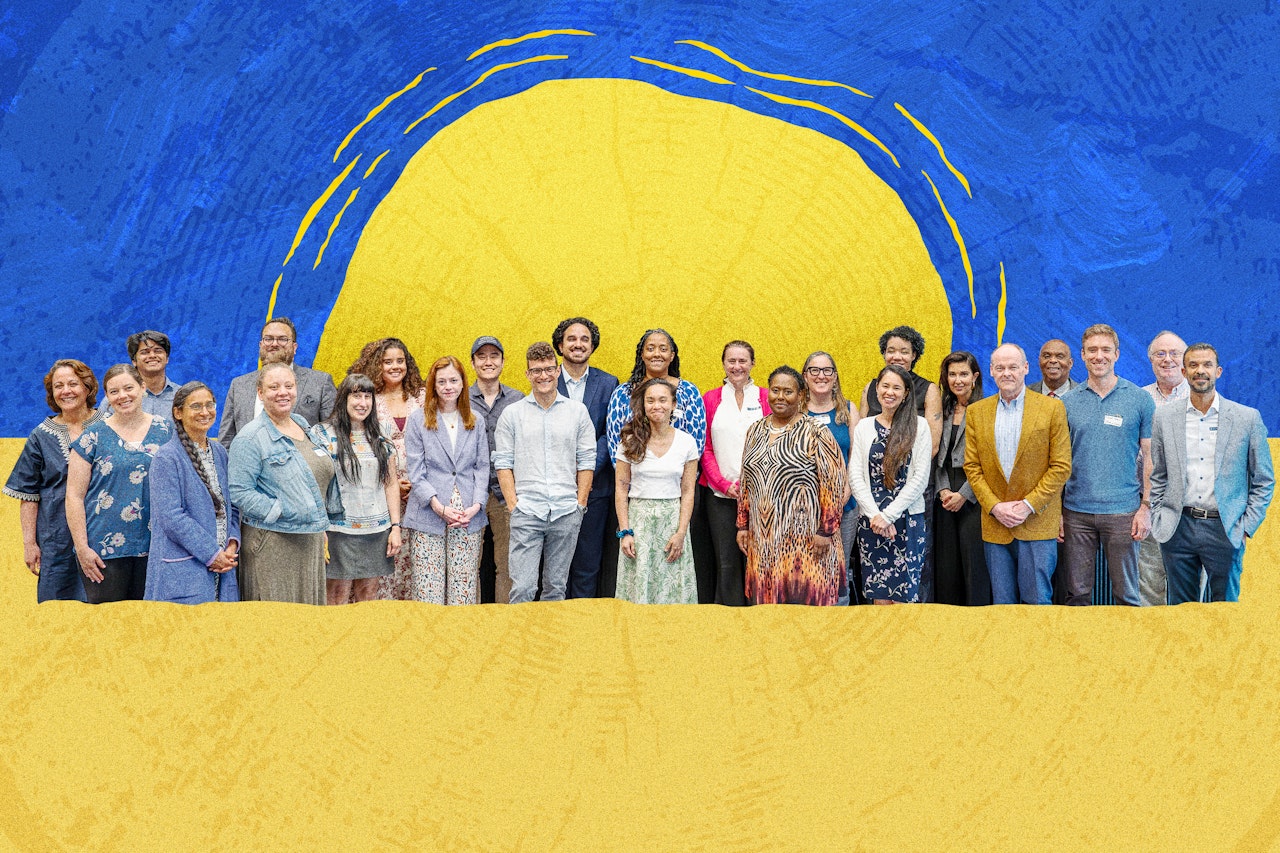« Ce projet nous invite à imaginer ce qui n’a pas encore été imaginé », a déclaré P.J. Andrews, du Bureau bahá’í des affaires publiques des États-Unis. « Les récits peuvent nous aider à voir non seulement qui nous avons été, mais aussi qui nous pourrions devenir, enracinés dans notre humanité commune et notre dignité inhérente. »
Métaphores constructives pour l’harmonie
Le symposium a mis en évidence une appréciation croissante de l’importance d’aller au-delà des méthodes conflictuelles de changement social vers ce que les participants ont décrit comme « tisser » ensemble des récits divers.
« Quand je pense au tissage, par opposition à ce que je fais habituellement lorsque je traite des questions raciales, c’est-à-dire souvent me battre, je me rends compte qu’il est peut-être temps de changer cette action », a déclaré Anika Prather, qui enseigne à l’université catholique d’Amérique, suggérant que la confrontation pourrait céder la place à une collaboration plus profonde.
S’appuyant sur son expérience d’artiste, elle a expliqué comment différents matériaux, chacun avec des textures et des qualités distinctes, créent de la beauté lorsqu’ils sont tissés ensemble, non pas malgré leurs différences, mais grâce à elles.
Cette métaphore du tissage a résonné tout au long des discussions, reflétant la manière dont le principe bahá’í d’unité dans la diversité a inspiré l’approche du symposium. Plutôt que de rechercher l’uniformité, les participants ont cherché comment les expériences diversifiées de l’Amérique pouvaient être perçues comme des fils complémentaires d’une tapisserie plus vaste.
L’identité humaine universelle comme fondement
Un thème central s’est dégagé autour de l’élargissement des conceptions de l’identité au-delà des catégories traditionnelles vers la reconnaissance de l’unité fondamentale de l’humanité.



